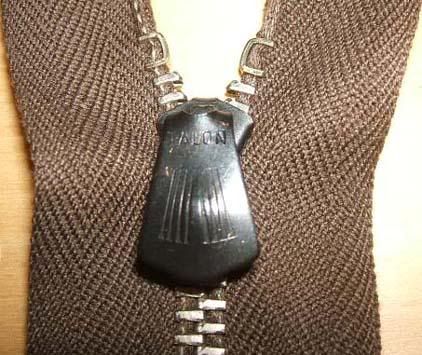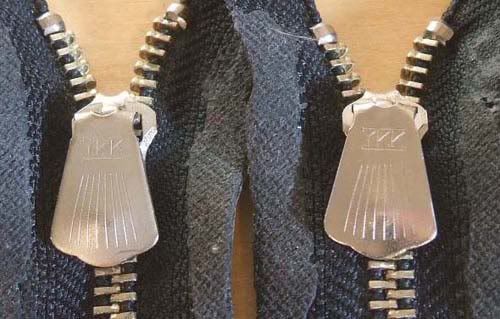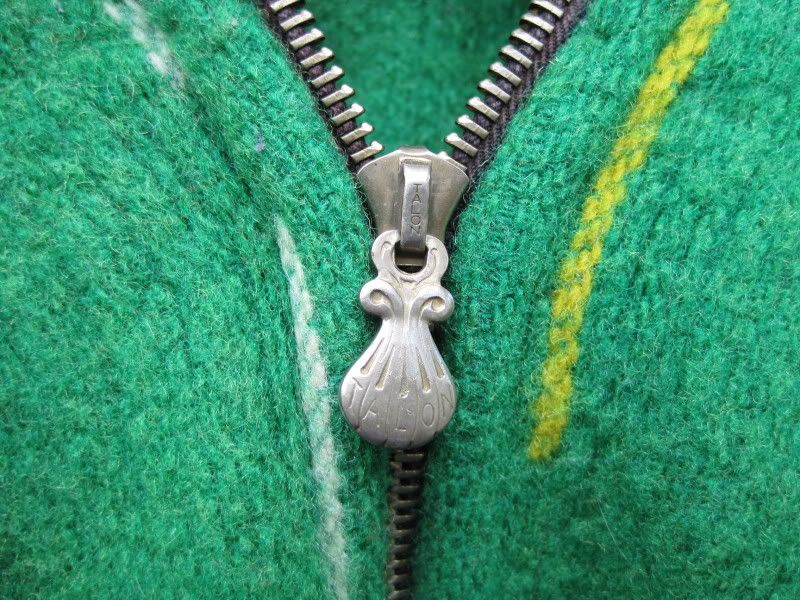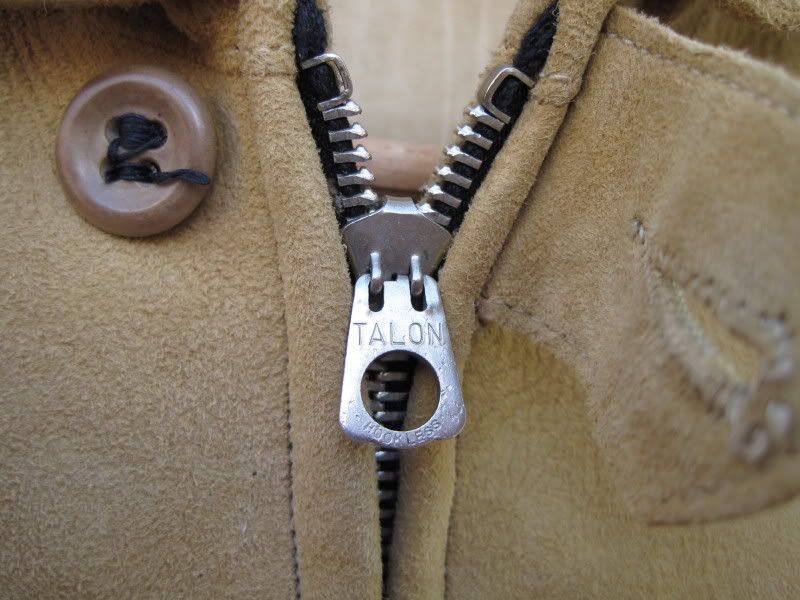H.Johnson
One Too Many
- Messages
- 1,562
- Location
- Midlands, UK
Thanks for referring us to this. It is, I believe, one of Sundberg's first hookless fasteners, before the company even acquired that trade name.
I have seen drawings but never a photograph. I am in awe.
I have seen drawings but never a photograph. I am in awe.






